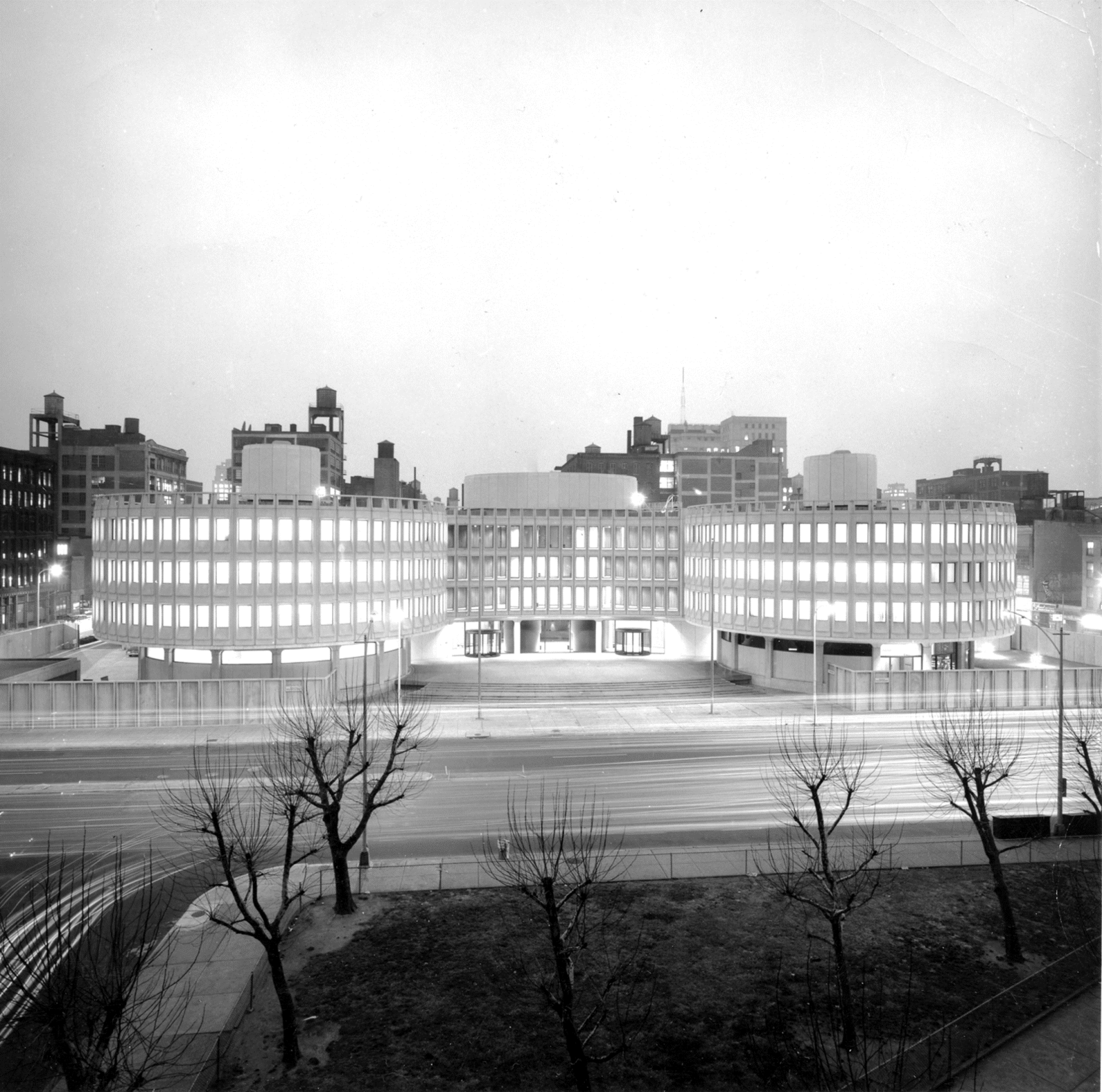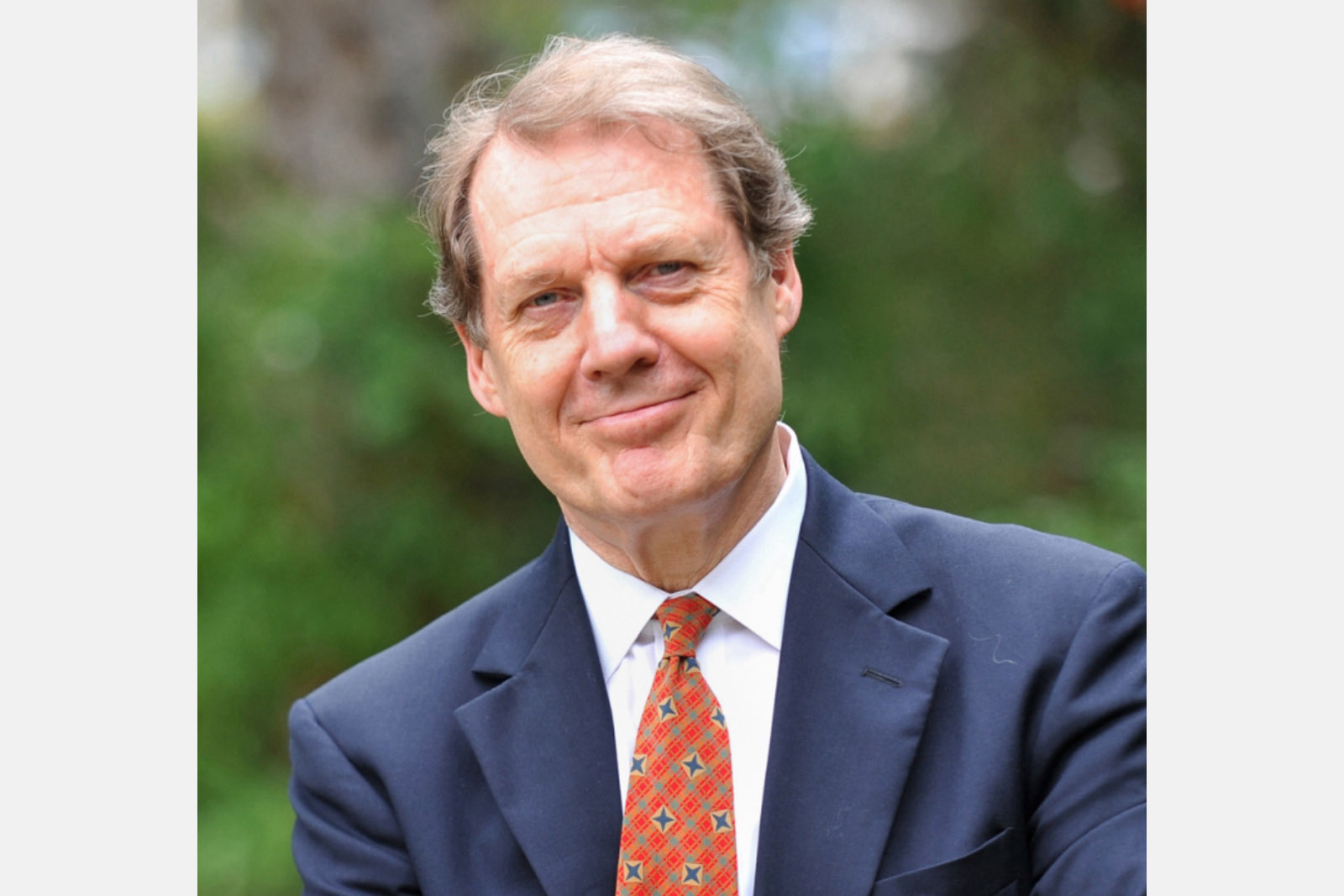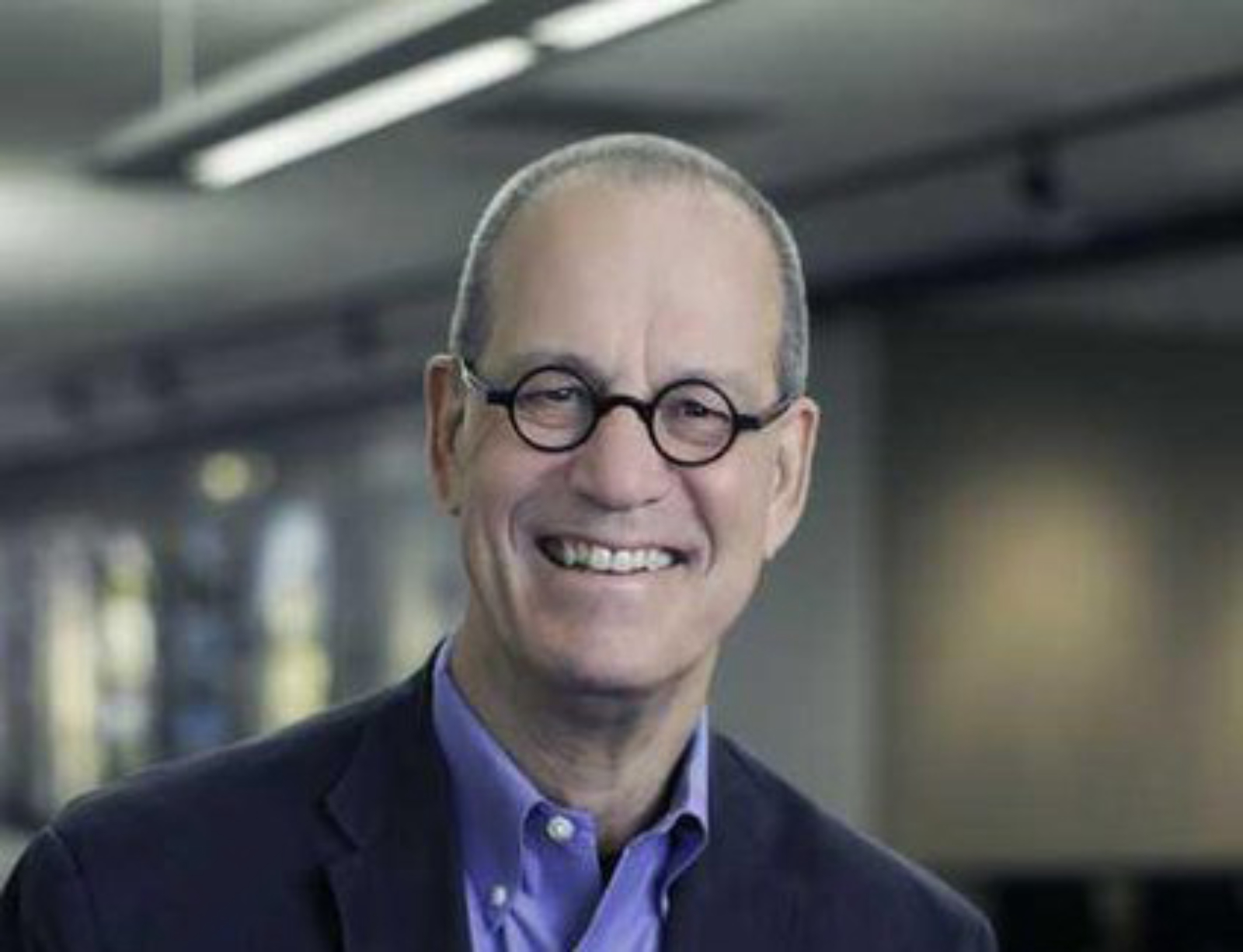This is one of four parallel sessions taking place from 11:35 AM - 12:50 PM on Thursday June 2.
Speakers have been asked to pre-record their presentations and we will be releasing these videos to registrants after the Symposium so that you can watch sessions you weren't able to attend.
The Roundhouse
Perhaps no building in Philadelphia arouses so much controversy as the former Philadelphia Police Administration Headquarters, better known as “the Roundhouse.” A marvel of concrete technology, the building, designed by the prominent firm of Geddes Brecher Qualls and Cunningham and completed in 1961, has become associated with the turbulent reign of the late Police Commissioner, Frank Rizzo. How does one–or, indeed, should one–separate the architectural significance of this site from its history of racial injustice?
Speakers & Paper titles:
- The Significance of the Roundhouse; Jack Pyburn
- The Roundhouse: A Miracle in Concrete
Carl-Dag Lige, Estonian Museum of Architecture



